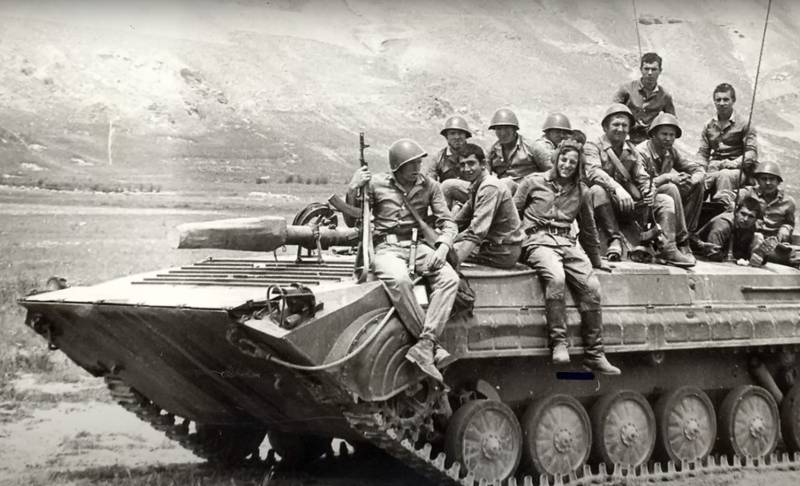"Cardboard armor": For what purpose was the BMP-1 radically lightened by sacrificing protection

A lot of criticism was expressed about the security of the BMP-1, which entered service with the USSR army in 1966. Many experts even call her armor “cardboard”, as it is unable to protect against anti-tank systems, RPGs and even 12,7-mm machine guns, and is also extremely vulnerable to explosions.
By the way, about the latter. That is why, during the Chechen and Afghan wars, Russian paratroopers tried to move around in this vehicle, so to speak, “on horseback”. However, even this technique did not always save the fighters from injury in the event of a "collision" of a combat vehicle with a mine.
At the same time, other characteristics of the BMP-1 turned out to be quite balanced and successful for fulfilling the assigned tasks. So what is the reason for installing such "weak" armor on the car?
Many believe that this is directly related to "buoyancy". Allegedly for this reason, the mass of the car was “squeezed” into 13 tons, because of which armor had to be sacrificed.
At the same time, the newest Kurganets-25 weighs about 25 tons and can also swim. Thus, the version with the rejection of more powerful armor in favor of "buoyancy" has the right to life, but is hardly the main reason for the decision of Soviet designers.
The main factor in favor of the "cardboard armor" was the banal "cheapening" of the product. The thing is that in the mid-60s, at the height of the Cold War and the arms race, the warring parties were preparing for a nuclear confrontation.
According to the Soviet military leadership, in such a conflict it is necessary to have the largest possible fleet of infantry fighting vehicles so that at least some of them can survive and break through to the established lines. No wonder it was nicknamed the “doomsday machine”.
As a matter of fact, in the USSR this task was carried out with "enviable enthusiasm". In total, about 20 thousand BMP-1s were produced. For comparison, the Americans were able to "pull" the production of 6 thousand BMP "Bradley" of various modifications, and the FRG about 2 thousand BMP "Marder".
Information